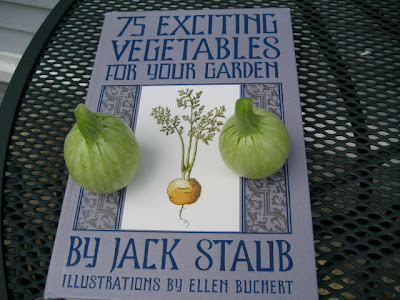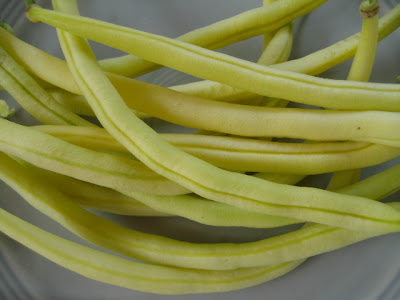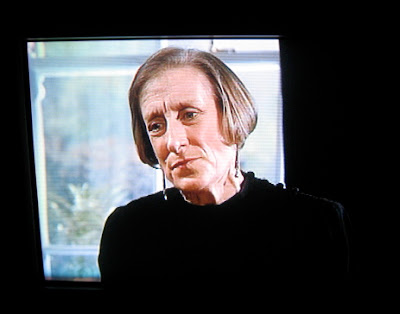
The movie at our little theatre tonight is Away From Her, which is based on Alice Munro's The Bear Came Over the Mountain. I wanted to read it before seeing the film. The story is 48 pages long, and every word in it is important. I was thinking about this as I read it. In the best short stories, every word counts. Every adjective is meaningful. There is a reason for each event from the past being mentioned. This is my first story by a really excellent writer. She is mentioned in one of my favorite books,
Bachelor Brothers' Bed & Breakfast on a "List of Books For When You're Feeling Low." The author, Bill Richardson writes,
She has never, not once, crafted a sentence that is graceless or awkward. She has never used a word out of place. Her inspiration must come in moments of heated abandon, but her craft has everything to do with careful control. Every story is a surprise, and she has a unique genius for unveiling what's remarkable in the seemingly ordinary lives of seemingly ordinary people.I agree; she's just incredible.
How do I talk about this story without giving away the pleasure of discovery for you? I guess I can say it is the tale of an older couple who are facing the onset of what seems to be Alzheimer's. The wife, Fiona, has begun to do those odd, odd things we all read about; that we hope to never see in a loved one or in ourselves.
She drove to town and phoned him from a booth to ask him how to drive home.She forgot to turn on the burner under the vegetables or put water in the coffeemaker. She asked Grant [her husband] when they'd moved to this house.This doesn't go on long in the story. She is taken to a facility, and most of the action takes place there or in Grant's memories.
I am always curious about the titles of books and stories. This must come from the old children's song. I know it as The Bear Went Over the Mountain.
The bear went over the mountain,
The bear went over the mountain,
The bear went over the mountain,
To see what he could see.
And all that he could see,
And all that he could see,
Was the other side of the mountain,
The other side of the mountain,
The other side of the mountain
Was all that he could see.
My query is, did Alice Munro change the verb on purpose, or is that a Canadian version of the song? Maybe it doesn't matter at all. A reviewer of the movie, from
The Globe and Mail writes:
The story takes its title from a children's song with nonsense lyrics and a tune that dates back to the Crusades. The oblivious bear, who can only see what's in front of him, serves as a mordant metaphor for the implacable march of Alzheimer's disease.The story is sad in the subject matter, but heartening in its way. There is no way this can be a happy story but it certainly is a good one, beautifully written by a wonderful, new to me, writer. I'm eager to see the movie, and will let you know later how it compares.























































